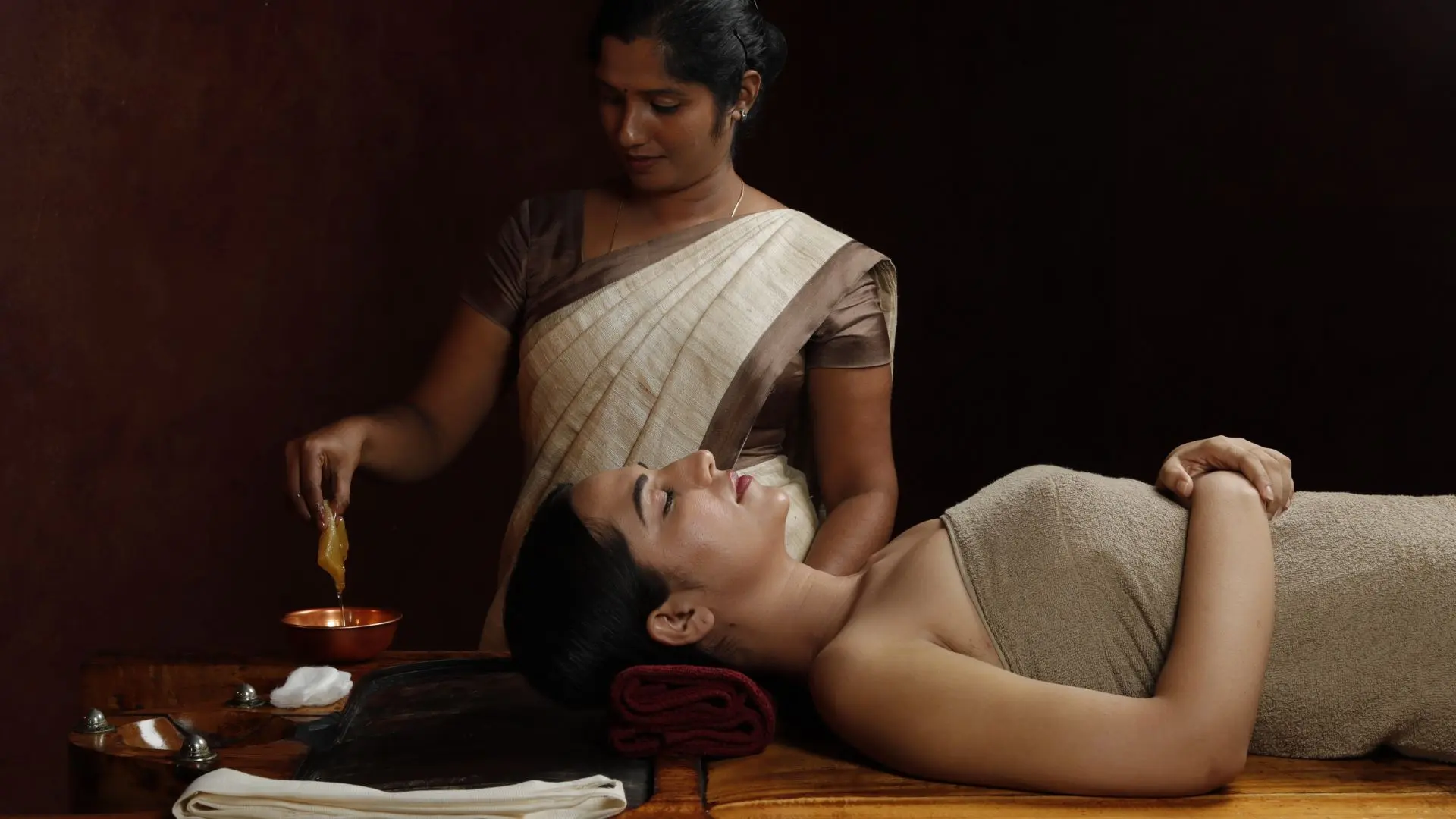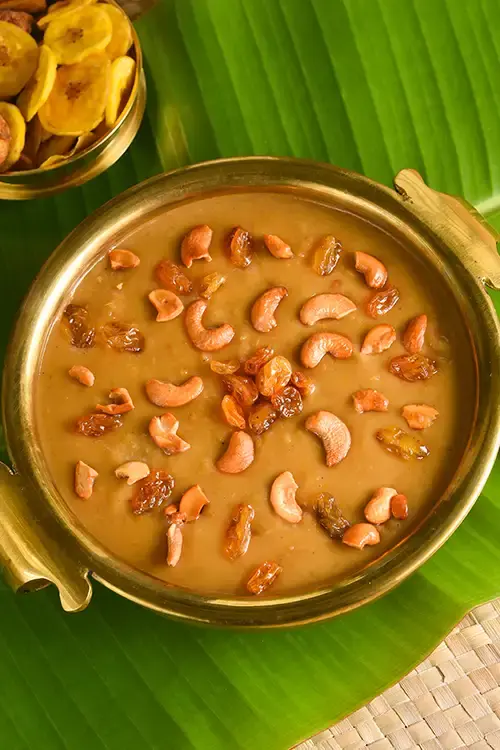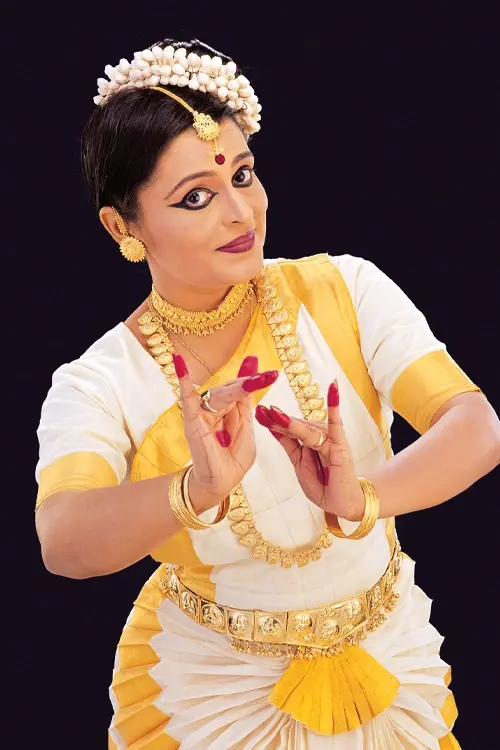FAQ
What is Gandhakasala rice?
Gandhakasala rice, characterized as a long-duration and tall variety, gives a modest grain yield of 2.0-2.7 tonnes per hectare. Notably, it is primarily cultivated through organic farming practices. The Gandhakasala rice cultivar attains a height of 150 to 155 cm, with a relatively lower number of tillers (averaging 6 to 8) and very long panicles (27-28.4 cm). The grains are small, short, bold, awnless, and exhibit a golden yellow colour, numbering between 105 to 110 per panicle. Despite its tall stature, the variety has weak straws and is susceptible to lodging. The thousand grain weight is notably low at 15 to 18.9 grams due to the small size of the grains.
According to the traditional Kerala almanac, Gandhakasala is typically planted during Thiruvathira Njattuvela, a period starting in June that provides an equal amount of rain and sun, creating favourable conditions for farming. The grains of Gandhakasala rice are shorter, compared to other popular aromatic rice varieties like Basmati and common rice varieties in Kerala, displaying an attractive golden yellow colour. The length of the rice grain falls within the international classification of short bold, requiring specialized mills with rubber hullers to achieve high head rice (unbroken grains) recovery.
For enhanced aroma, the crop is cultivated during the Nancha season and is predominantly grown in Kundu Vayals (deep fields). Jeerakasala and Gandhakasala varieties find specific culinary uses, particularly in the preparation of special dishes such as Ghee Rice or Neichoru, commonly served at weddings and festivals. Additionally, these varieties are employed in the making of desserts like payasam. Gandhakasala rice holds a cultural significance and is used in religious rituals and marriage feasts among tribal communities.






